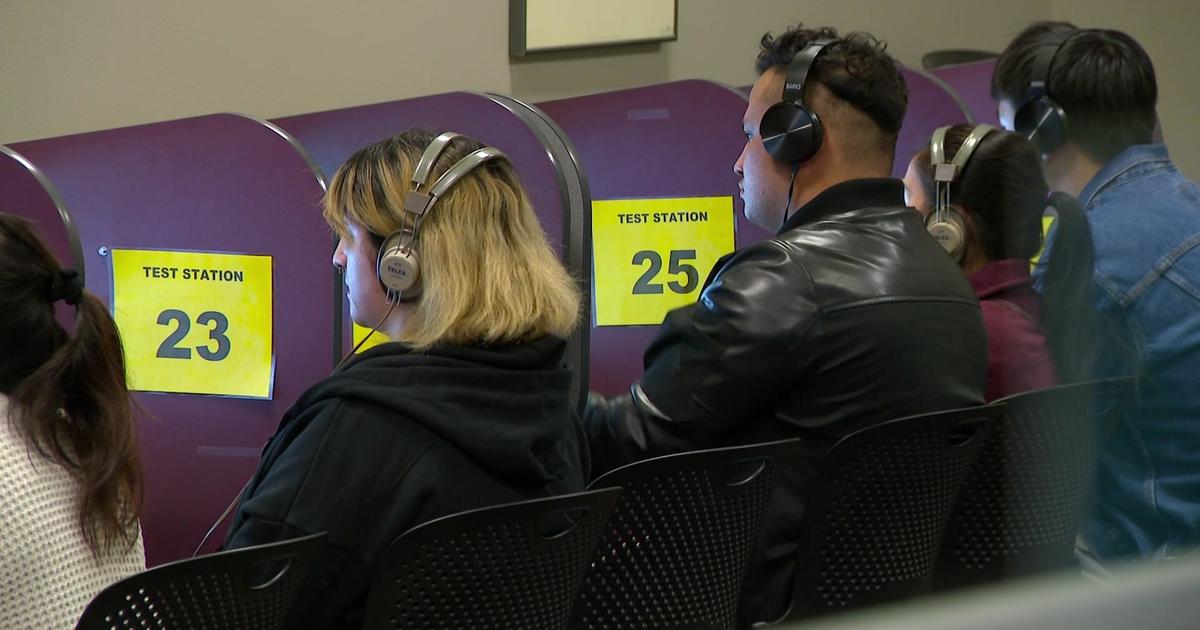Are Headlights Getting Brighter?
MINNEAPOLIS (WCCO) -- Ever feel like you're being blinded by an oncoming car – even with the low beams on?
Steve from Trego and Craig from Brooklyn Center did, so they wanted to know: Are headlights getting brighter? Good Question.
"Ever since 2000 or so, they've gotten brighter every year," said Nate Anderson, owner of Bobby and Steve's Auto World in Maple Grove.
In the 1980s and 1990s, most cars had headlights with yellowish halogen lights. In the earlier 2000s, luxury carmakers began switching to whiter higher-intensity (HID) lights to make to offer more light to the driver. Some headlight makers say the HID lights allow drivers to see two to three times more on the road.
Now, some automakers are moving toward LED technology in headlights. That whiter, bluer light saves battery power and are less likely to have to be replaced.
According to John Bullough, Director of Transportation and Safety Lighting Programs at Rensselaer Polytechnic Institute, federal regulations stipulate high beams on cars cannot exceed a candlepower of 75,000 cadela. The limit for low-beams are 20,000 to 30,000 candela. Bullough says halogen, HID and LED lights all have similar power, but the bluish/whitish lights seems brighter to the human eye.
"Yellow light is a longer wavelength so it passed through the structure of the eye without much difficulty," says Dr. Erik van Kuijik, Chair of the Department of Ophthalmology & Visual Neurosciences at the University of Minnesota Medical School.
Blue and white lights have a shorter wavelength, so that scatters more of the light.
"The light travels in many directions and it's that scatter we perceive as glare," Dr. van Kujik said.
The phenomenon becomes more pronounced when people hit their 40s and 50s, when the lenses in human eyes start to become more discolored.
Another reason headlights seem brighter is that more SUVs and truck are on the roads compared to twenty years ago, according to Russ Rader with the Insurance Institute for Highway Safety. Those vehicles sit higher on the road.
Rader also points out headlight aim can be inconsistent among vehicles due to quality control at the factory, so headlights on some cars are aimed higher than they should be. Headlight aim can also shift when a car hits a pothole or is in a fender bender. Even a less than one-degree change can make a big difference.
Bullough conducted a study of vehicles in New York and found 60-percent of the headlights on vehicles were "misaimed."
In Minnesota, the law says high beams must be turned down when approaching a car within 1,000 feet and 200 feet from behind.



